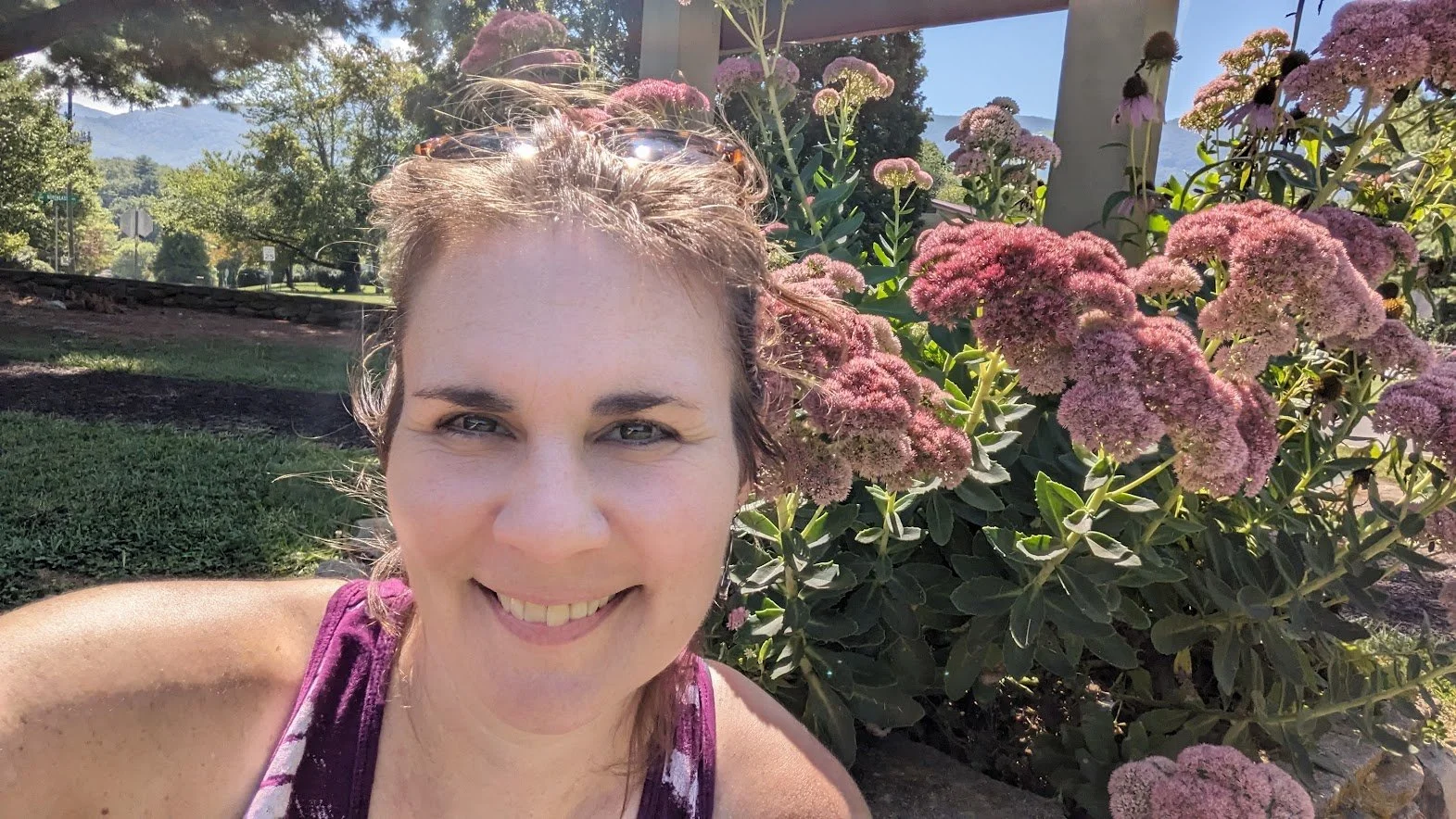Guiding Kids to Accept Change
The only thing that is a constant in life is change. Nothing is permanent.
In my kids yoga classes, we love to talk about change. Fall is a great time of year to discuss it because change is happening all around us. We can see the leaves change colors, the temperature get cooler, and the daylight getting shorter.
For some children, these changes can be unsettling, and they may not realize it. Especially if they don’t understand the fact that everything changes, even our thoughts, feelings and emotions. Intense and overpowering feelings can arise during the Autumn for children.
So the question is: How can we as teachers, parents, and caretakers guide kids to accept change?
Discuss it.
First, engage kids to talk about change by asking, “What are some things that change?” Make a list of all the things they say, make sure to include:
Our Breath
Our Thoughts
Our Feelings
Our Emotions
Guiding children to see change all around them, and within them, may help them to realize that change happens and is unavoidable.
Notice it.
Next, Go outside in nature and notice change. Take a walk in the woods, your neighborhood, or anywhere that you can watch change happen. Plants and animals provide some of the best examples of change, just think of a butterfly. Children can connect with nature easier than with themselves, so noticing change in nature is a way to connect the world outside of us to within.
Practice it.
After noticing change that happens all around us, it’s time to practice noticing change that happens within us. Everything that we think is real changes. This is true for our thoughts, feelings and emotions. They rise, linger and pass on to the next moment over and over again. That is normal.
Some thoughts, feelings and emotions are pleasant. We enjoy having them, but they never seem to last as long as we would like. We end up searching of those pleasant moments and end up unhappy that they are not occurring when we would like them to.
Other thoughts, feelings and emotions are unpleasant. We do not enjoy having them, and they always seem to last longer than we would like them to. We end up trying to avoid these unpleasant moments, but that doesn’t bring the happiness that we are seeking.
What’s the answer?
Allow all thoughts, feelings and emotions to come into being, be with them, and then let them dissolve and not be. Treat all the pleasant and unpleasant moments this way without judgement or attachment and then change is easier to adjust to and accept.
Validate a child’s thoughts, feelings and emotions by saying, “It’s okay for you to feel this way right now. Your feelings are normal and it’s okay to feel them.”
Yoga, Mindfulness and Relaxation.
Another way to practice accepting change is to practice yoga, mindfulness and relaxation with your children. Doing yoga with your kids, taking them to a kids yoga class, or any other enjoyable activity can support their acceptance to a forever changing world. On my FREE Resources page, there are articles on how to create a safe space for kids yoga, guide relaxation practices, and practice mindfulness for kids. All of these resources are options to support your child and the changes they will experience throughout their life.
Final Thoughts.
I know that change is difficult and that it is human nature to resist it. In my own life, I have experienced the comfort of the familiar and the fear of the unknown. I have avoided difficult decisions and life changes because they were too hard and scary to face. I have also allowed myself to feel the unpleasant emotions, and allow them to be a part of me. Embracing change will lead to resilience. When we experience resilience we thrive. When we thrive we live life fully and completely.
Ultimately, if you want your children to accept change, you have to be a role model for them and they will follow your lead.
🌈 Check out Rainbow Feelings Yoga for Kids, a FREE kids yoga resource, to discover the spectrum of emotions! Colors, emotions, and the chakra are all intertwined with yoga meditation and relaxation for parents and children to practice navigating Big Emotions together.
